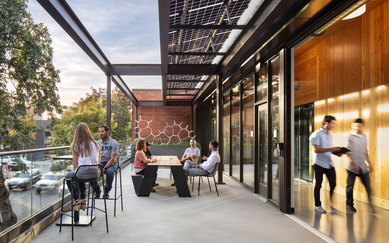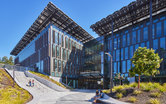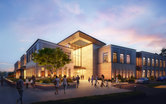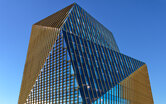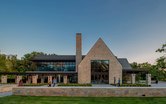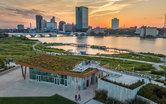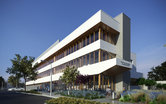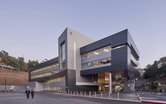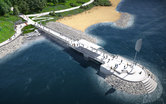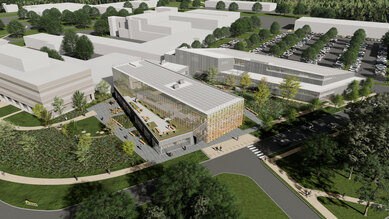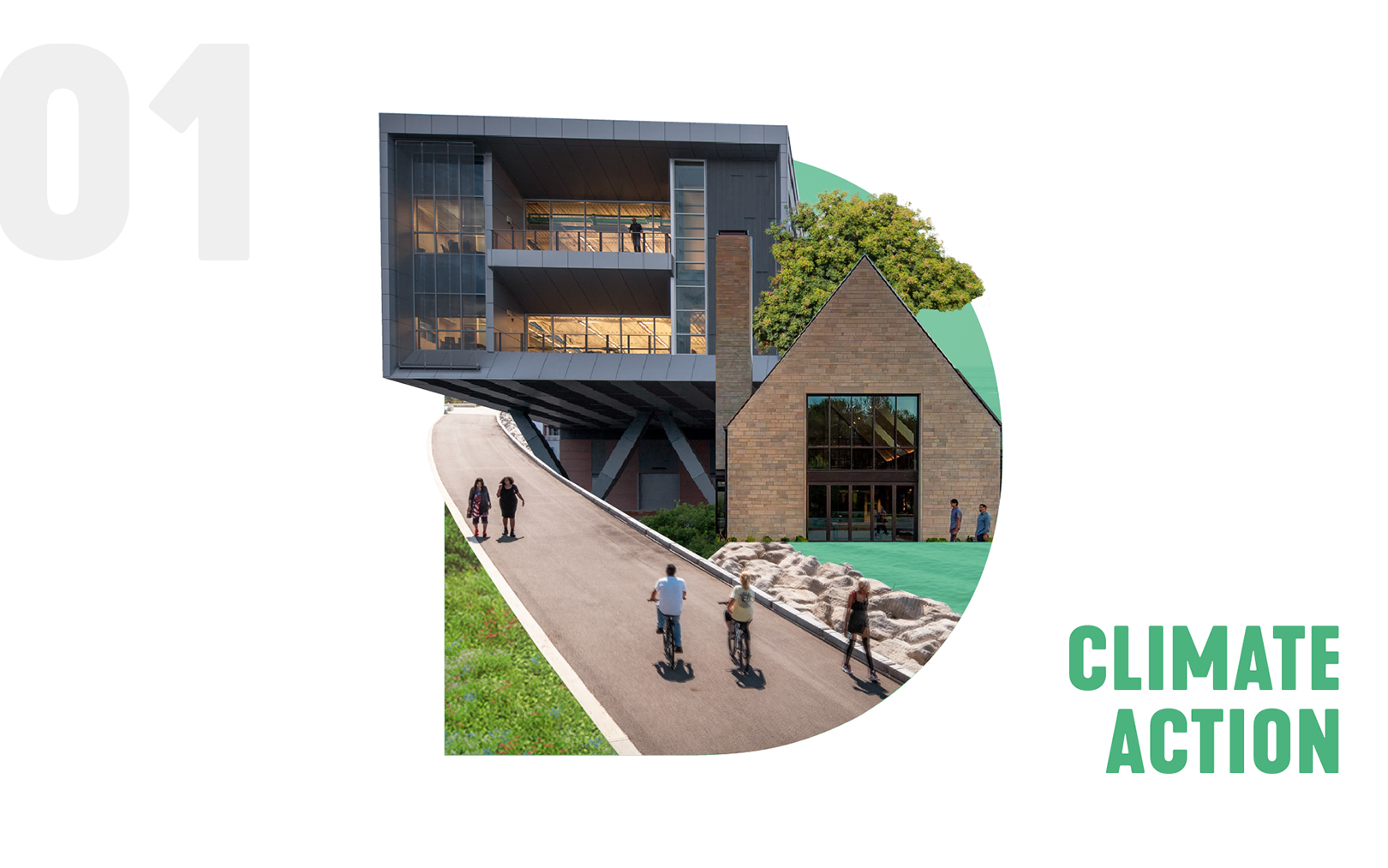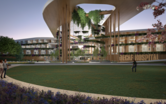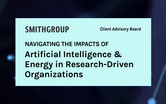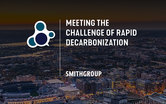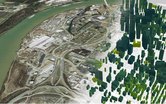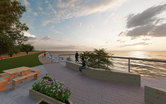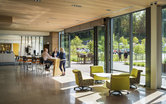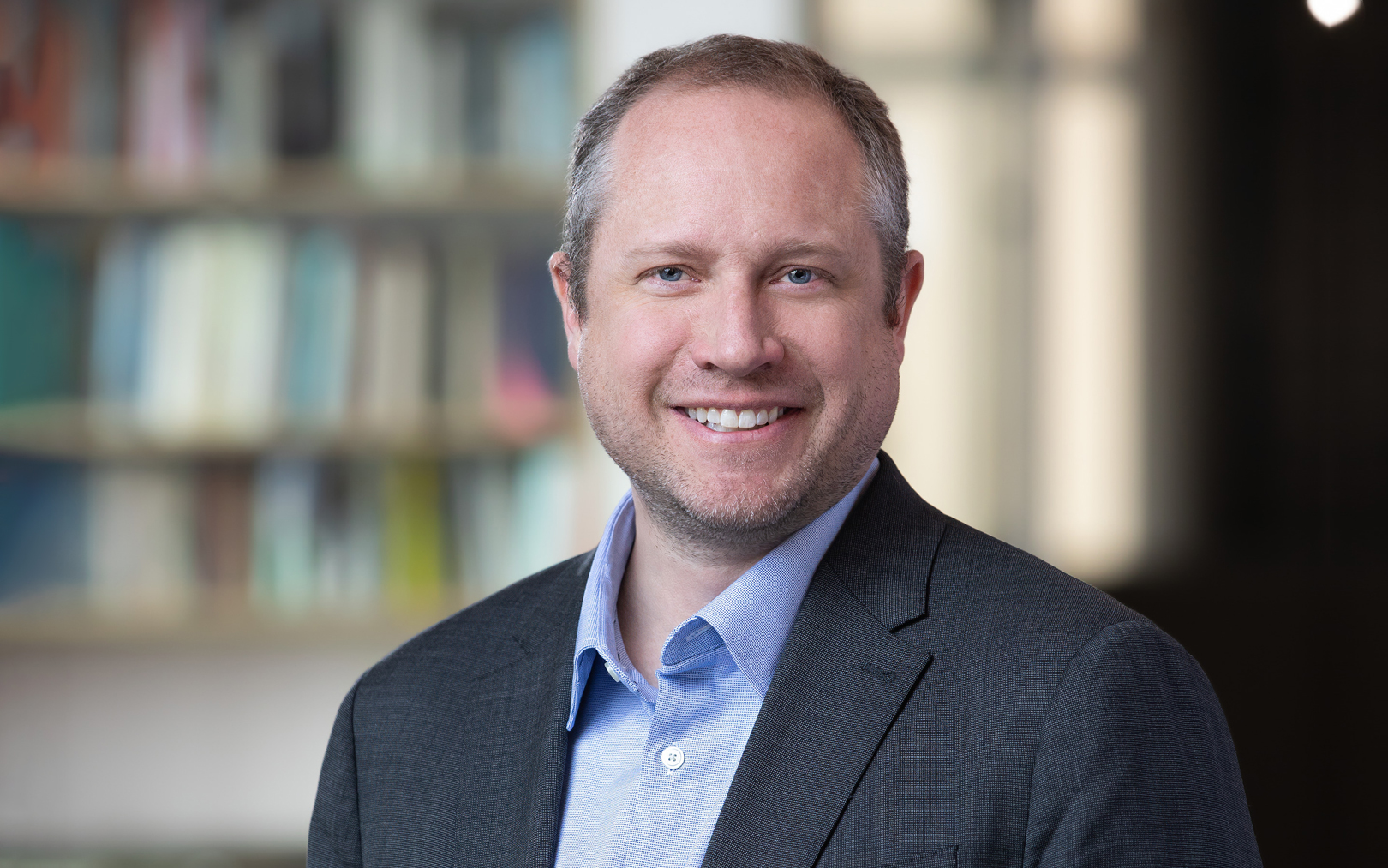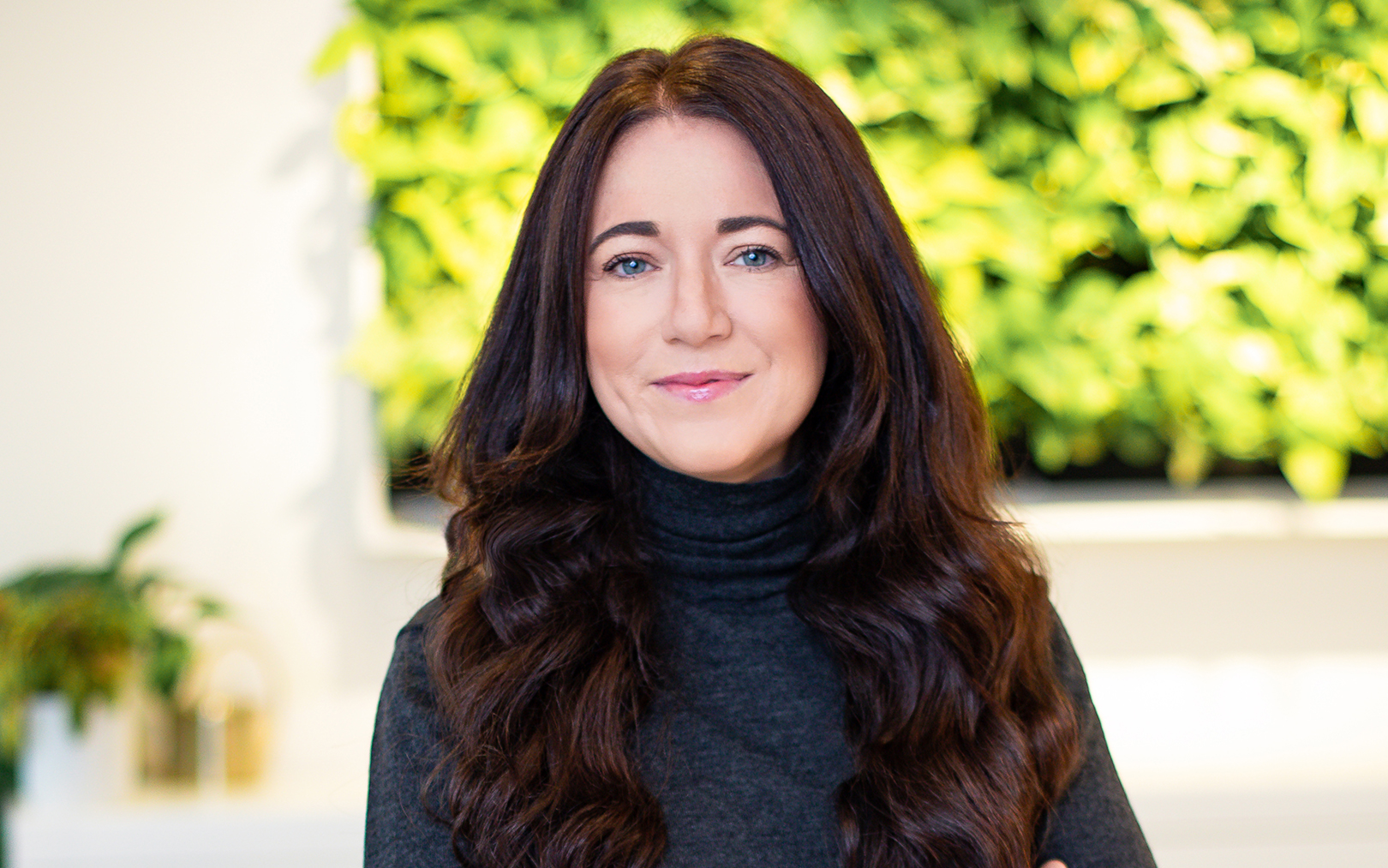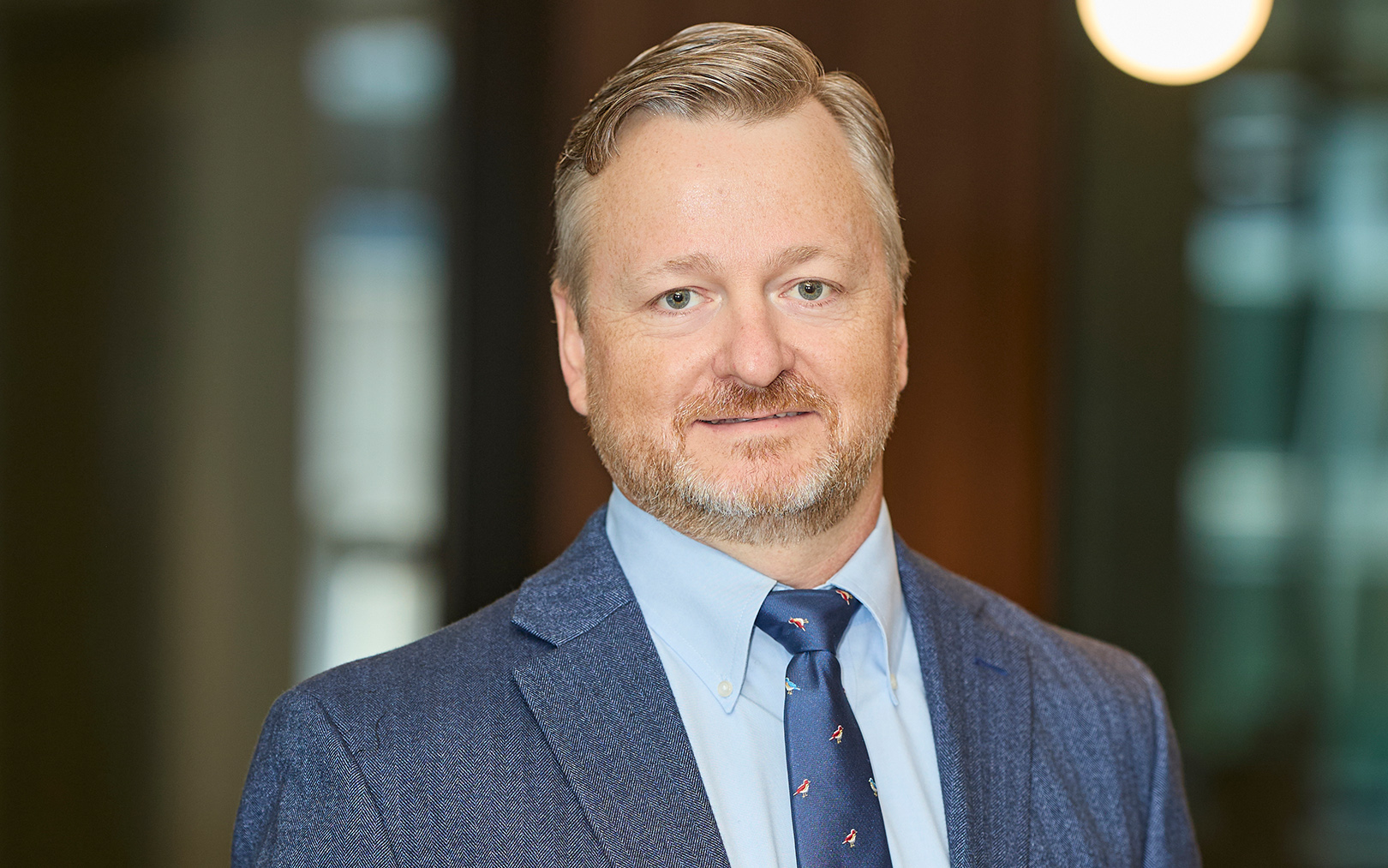
MEETING THE CHALLENGE - EXPANDING OUR IMPACT
SmithGroup is committed to meeting the climate challenge through bold, transformational changes in how we design, construct and advocate for the built and natural environments.
SmithGroup’s Integrated, Multidisciplinary, Performance Analytics Climate-Impact Team (IMPACT) is a national group of experts advancing parametric modeling and analysis, quantified performance evaluation and an integrated design workflow. IMPACT is accelerating the speed and rigor with which we can meet our industry climate commitments by defining the leading edge of net-zero strategy and design – continuing our legacy as the firm that designed the world’s first LEED-Platinum certified building.
OUR PRIORITIES
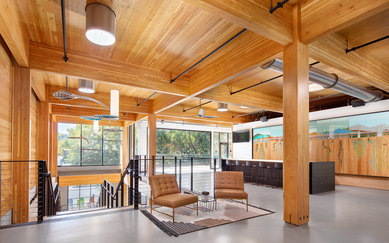
Reduce Life-Cycle Carbon Impact of Our Projects
SmithGroup seeks to expand our industry’s focus on reducing embodied carbon and addressing the full life-cycle carbon footprint of our designs through adaptive reuse and by fostering circular and living systems of economy and scale.

Use Innovative Modelling to Maximize Operational Performance
IMPACT leverages an innovative performance-based design workflow, using cutting-edge technology and advanced computational modeling techniques with a goal to achieve net-zero energy design for all our active projects by the end of the decade.
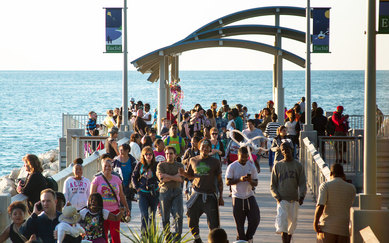
Manage Risk Through Adaptation
The adverse effects of an already altered climate continue to intensify—from unprecedented heat waves and wildfires to catastrophic flooding and habitat loss. IMPACT employs advanced climate modeling and vulnerability analysis to better manage our clients’ economic risks and enhance community safety and livability.
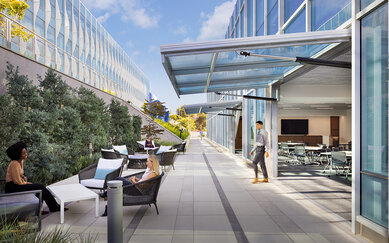
Center Design in Human Experience
Our holistic design approach emphasizes the health and well-being benefits that can be realized along with carbon reduction, including improved human comfort and air quality, daylighting, connection to nature and a responsive commitment to user/community needs and input.
REALIZING NEW SUSTAINABLE SOLUTIONS
IMPACT’s uniquely data-infused approach provides rapid-paced analysis for decarbonization and resilient design solutions at a comprehensive range of scales – encompassing single buildings and sites as well as districts, campuses, cities, utilities and clients with national portfolio holdings. Team leaders are also actively engaged in research and policy collaborations with industry partners and peers to increase transparency around open-source climate solutions.

Building on SmithGroup’s history of next-generation energy designs and innovative waste-heat recovery practices, IMPACT aims to improve performance and maximize carbon reductions by pioneering new ways to apply analytics, computational modeling and technological innovation in our design process.
We know that new thinking, practice and partnerships hold the key to our decarbonized future. That’s why our work is leading to more integrated approaches that can foster larger scales of collaboration, impact and benefit.
DESIGNING SOLUTIONS
DPR Construction Sacramento Office
With Net Zero Energy (NZE) becoming a requirement for all commercial buildings in California by 2030, DPR partnered with SmithGroup to meet and exceed this mandate in designing its new Sacramento office. This new space exceeds regulatory requirements, targeting Net Positive Energy, while creating a resilient work environment that fosters collaboration, innovation and connection to the surrounding community.
ADVANCING NEW THINKING AND RESEARCH
Princeton Plasma Innovation Center Makes Strides with New Geothermal Wells Completion
The Campus of the U.S. Department of Energy's Princeton Plasma Physics Laboratory (PPPL) has transformed this winter with the construction of geothermal wells for the new Princeton Plasma Innovation Center (PPIC). Work on the wells, which began in November 2024 and finished in February 2025, involved digging 500-foot holes, installing U-bend piping and injecting grout to protect the pipes and conduct heat. These wells will form a geoexchange system providing about two-thirds of the heating and cooling for the new building.
CLIMATE IMPACT LEADERSHIP
Contact Us
Stet Sanborn
Vice President, Director of Climate IMPACT
(415) 343-2032
stet.sanborn [at] smithgroup.com
